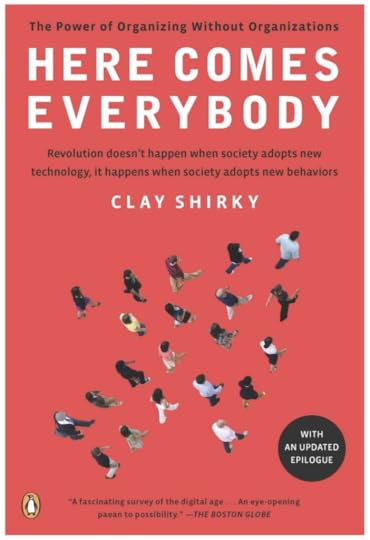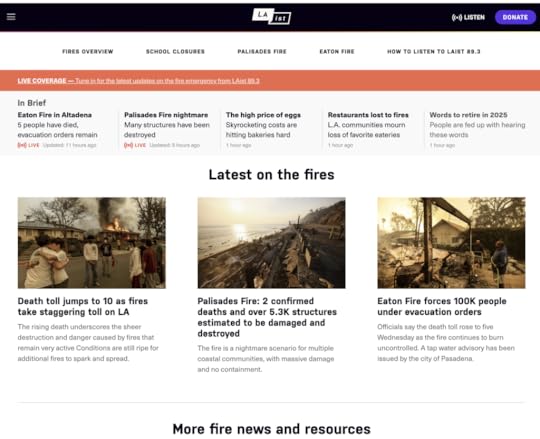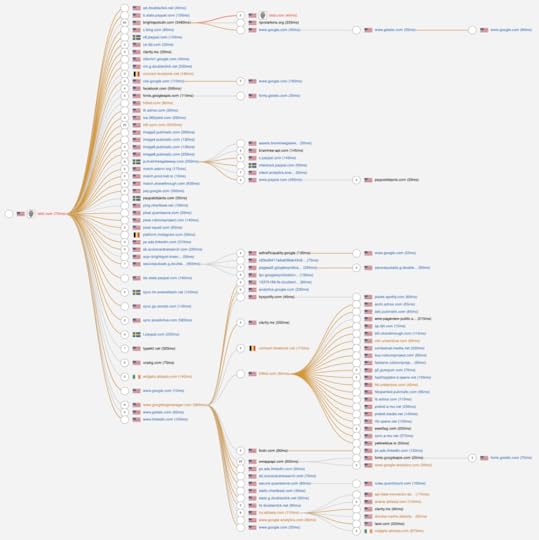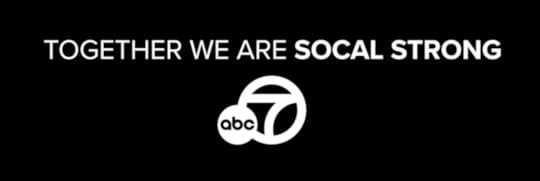The Los Angeles Media Dashboard
Seventeenth in the News Commons series.
While I’ve been writing about the #LAfires, this has been my main media dashboard:

Those are tabs for five TV stations, one radio station, and one newspaper:
KNBC/4 “4 Los Angeles”KTLA/5 “LA’s Very Own”KABC/7 “7 Eyewitness News”KCAL/9 “KCAL NEWS CBS Los Angeles”KTTV/11 “Fox 11 Los Angeles”KPCC/89.3 “LAist”Los Angeles TimesNote the order. I come from the Dial Age, when radios and TVs looked like those things on the left and center below, and the LA Times had eleven sections, chock full of interesting stuff, on the right:

With their many sections, newspapers were also dials of a sort. Below the LA Times eleven sections in that photo lay the five sections of the Santa Barbara News-Press, another great newspaper, now deceased. (Both papers are from Sunday, May 21, 2006.)
Of course, my news appetite ranges far beyond broadcast and print. That’s why I have tabs for social media in another window. Those include Bluesky, Facebook, (shoutout to Tony Pierce) Instagram, Mastodon (journa.host) Threads, Xitter, and many more, including bloggers and podcasters. That dial is my window into the world Clay Shirky wrote about in Here Comes Everybody:
That’s where I’m going in the aftermath of the #LAfires.
I want everybody to work on making news that starts with facts rather than the need to tell stories. I’ll explain more about stories and workflow in my next two posts. But first I want to unpack the portfolio of media choices we have right now.
We’ll start with newspapers. The Los Angeles Times has been around since 1881. By the time I arrived in California, 104 years later, the LA Times was one of the world’s great newspapers. My wife and I subscribed until work took us to Boston in 2007. These days, like most of the world’s surviving newspapers, the LA Times is a fraction of its former self. But it remains substantial and important. Los Angeles wouldn’t be the same without it. Its coverage of the fires, and issues surrounding it, has been substantial and extensive. Some fire-related stuff is outside the paywall, but you’ll hit one soon if you don’t subscribe. I just signed up for a year at $60, in spite of its privacy policy, which says this:
We may disclose your information to any agent or company that is part of The Times Parties to provide the Services or advertising or to communicate with you on our behalf.
We may provide access to or disclose your information to select third parties who perform services on our behalf. These third parties provide a variety of services to us, including without limitation billing, sales, marketing, provision of content and features, advertising, analytics, research, customer service, shipping and fulfillment, data storage, security, fraud prevention, payment processing, and legal services…
We may disclose your information to third parties for their own and sometimes our own advertising and marketing purposes, with whom we have a contractual relationship, including without limitation third-party advertisers and advertising and list brokering networks.
In other words, we will do our best to monetize your personal information any way we can—along with all the entities you never heard of, to which information about you will be spilled.
To be fair, this is no different than every other entity supported by surveillance-based advertising (aka adtech), which I have been fighting since the last millennium. For more on that, see my People vs. Adtech series.
But I’m setting that aside here, because I want to help the LA Times, along with all the other members of the news commons SoCal needs now, more than ever. Because this disaster is the worst to hit SoCal ever, and won’t stop being a disaster for years to come.
Next, radio. While there are many fine radio stations in SoCal, only two provide round-the-clock news. One is KNX/1070+97.1. The other is KPCC/89.3, aka LAist. KNX is owned by Audacy, a bankrupt chain owner doing its best to stay alive, mostly by cost-cutting. As part of that (and subordinating of station brands to Audacy’s), KNX’s website is the minimal thing you’ll find at audacy.com/stations/knxnews. Its on-air work, however, is still primo. KPCC/LAist is owned by Pasadena City College and operated by Southern California Public Radio (SCPR), of the American Public Media Group. Like many other public stations, LAist had a big layoff last summer, but remains a very strong journalistic institution. For me, it has proven especially useful during the fires, replacing national programming with its own live coverage for the last three days, while, also partnering with KCAL/9 to carry the TV station’s audio feed much of the time. And (unlike KNX) remaining commercial-free. Its website is also chock full of useful fire stories and resources:
One downside is the level of tracking built into the LAist website. Privacy Badger spots 42 trackers. PageXray sees 106 tracking requests, 154 adserver requests, and a personal data distribution delta that spreads quite wide:
LAist is not exceptional at this. ALL the media I’m discussing here participate in the same fecosystem. I’m calling out LAist, however, because for them it’s a dirty smudge on an otherwise clean and excellent collection of people an work.
Not quite finally, television. The major TV brands in SoCal are the ones born on VHF channels (the twelve on the upper knob above): 2, 4, 5, 7, 9, 11, and 13. We had the same lineup when I was a kid in New Jersey (across the river from New York City). The networks were also the same: CBS on 2, NBC on 4, ABC on 7. The independents were on 5, 9, 11, and 13 (which in New York became the PBS station). In Los Angeles, the CBS News and Stations Division now has both channel 2 (KCBS) and 9 (KCAL), the latter of which is now positioned as the news station. Fox owns and operates KTTV on channel 11. KTLA on channel 5 has been the alpha-independent in LA for a long time. (Disclosure: KTLA legend Stan Chambers and his very large family have been friends of my wife’s very large family, going back to the 1950s, when all lived in a close community in LA’s Hancock Park.) Since KABC/7 is one of the “Live TV” channels on our Roku TV here in Indiana, it was our first option for viewing LA fire news, especially in the early hours of the Palisades and Eaton fires. A close second quickly became KCAL, which we found has an app that runs on the Roku platform. So does KTLA. Here on my laptop, I jump around between all of them. If you look back over the last three days of reporting—
On the Palisades and Eaton Fires (January 7)On Los Angeles Wildfires (January 8)Los Angeles Fires and Aftermath (January 9)—you’ll see which of those I relied on most.
Now I’d like to zero in on this, which KABC/7 uses as a bumper between ads and segments:
I like TOGETHER. The question is, With who? Viewers, presumably. But how about the rest of what we might call the media ecosystem?
We see a little of that with the LAist-KCAL partnership. But I think cooperation can go a lot farther than that. Not in any official or even conscious way, but rather by compiling and relying together on the largest possible collection of facts about the future and the past—especially as those facts pertain to the #LAfires, their aftermath, and recovery. And by basing stories on those facts as much as possible.
And that also goes to everyone in social media, podcasting, and the rest of the fact-based news ecosystem.
Next, let’s talk about stories. Tune in tomorrow.
Doc Searls's Blog
- Doc Searls's profile
- 11 followers







